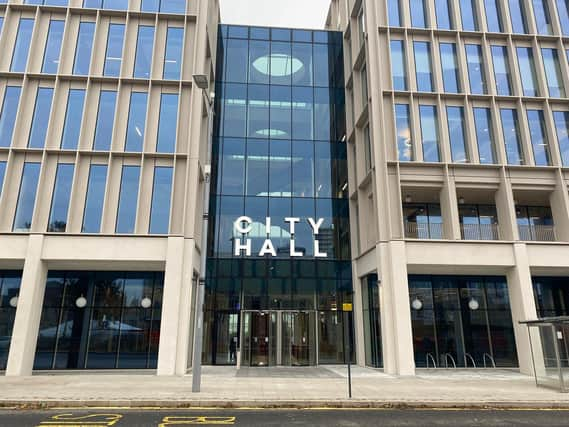Number of empty homes drops in Sunderland as leaders work to tackle the problem


Figures from Sunderland City Council show that as of March 2023 they had on record 2,759 empty homes across the region, compared to 3,305 in December 2019.
Local authority bosses at the latest meeting of the economic prosperity scrutiny committee said this was a “good reduction” and they are moving in the “right direction”, but acknowledged continued work is needed.
Advertisement
Hide AdAdvertisement
Hide AdStatistics showed Hendon was the ward with the highest number of empty properties, with 369, however this did mark a drop from the 392 recorded in the 2019 data.
Millfield had the second biggest number, with 223, but this was a 22% drop compared to the 286 recorded previously.
St Michael’s saw a similarly large drop of almost 40% with just 190 empty homes now recorded, compared to 302.
However St Peter’s, the area with the third highest number of empty properties with 193, had seen a 20% increase from 160 in 2019.
Advertisement
Hide AdAdvertisement
Hide AdThe ward was one of just four which saw a rise in empty homes, with Doxford, where 66 vacant properties were recorded, a rise of 12, the only other area which saw an increase of more than four.
Graham Scanlon, council assistant director of housing and communities, stressed the data is looked at every month to help highlight priority areas and what steps to take next.
He said: “Our ultimate aim is to engage practically, within whatever sector it is, but mainly the private sector, to bring long term empty properties back into use because that’s what we want.
“We want homes to be used for the right purpose, and that is people living there in a good quality affordable home.
Advertisement
Hide AdAdvertisement
Hide Ad“Would I like more empty properties used, yes, are we in the right direction of travel, I believe we are. 546 is a good reduction, but it’s still an awful lot of empty properties out there.”
He added it is a problem facing “all local authorities” and Sunderland is operating “better than a lot” of other areas.
The meeting heard the aim of the council’s dedicated empty homes team is to target properties which have been vacant for six months or longer and are causing issues such as antisocial behaviour, being a “blight” on communities and/or being “dilapidated and ruinous.”
The team works with colleagues in environmental health to monitor data and complaints which come in for investigation, which is used to try and identify “hotspot” areas.
Advertisement
Hide AdAdvertisement
Hide AdSteps taken by the council to help tackle the issue includes council tax premium charges for long term empty properties and landlord accreditation schemes to support those in the private sector who manage homes to a good standard.
Joint working also takes place within the council to investigate, and when necessary, serve improvement notices and/or enforce under legislation, however councillors were warned legal action can be a challenging and time consuming process.
The council has also acquired 77 empty properties through various different housing and repairs schemes.
Officers acknowledged challenges in getting empty properties back into use include rising maintenance and rent costs, concentrations of “low value” private rented stock, and owners not being from the area.